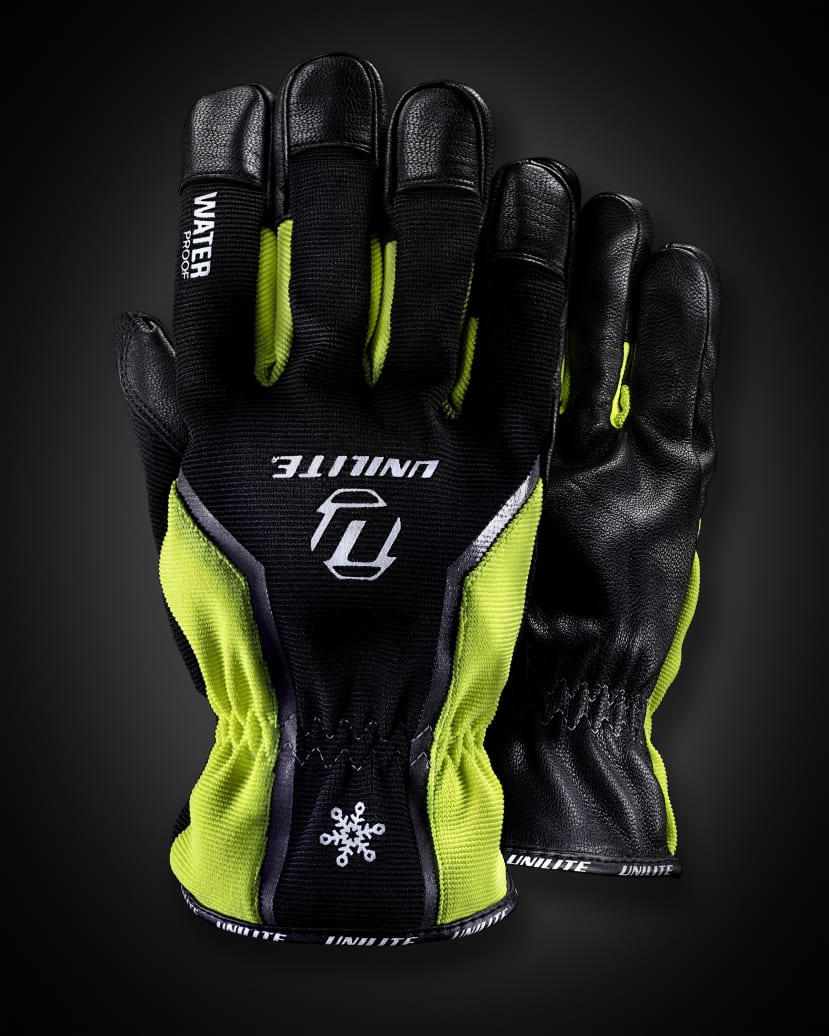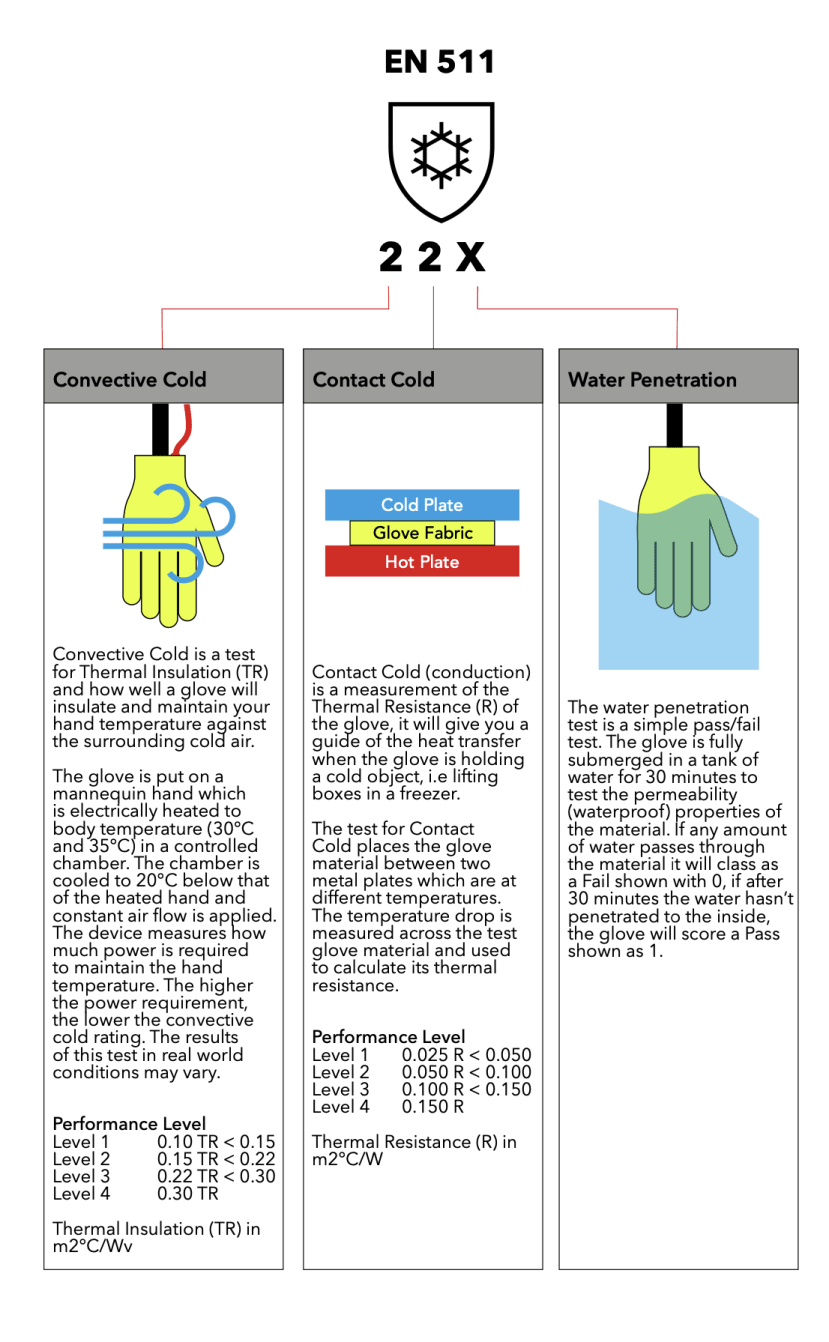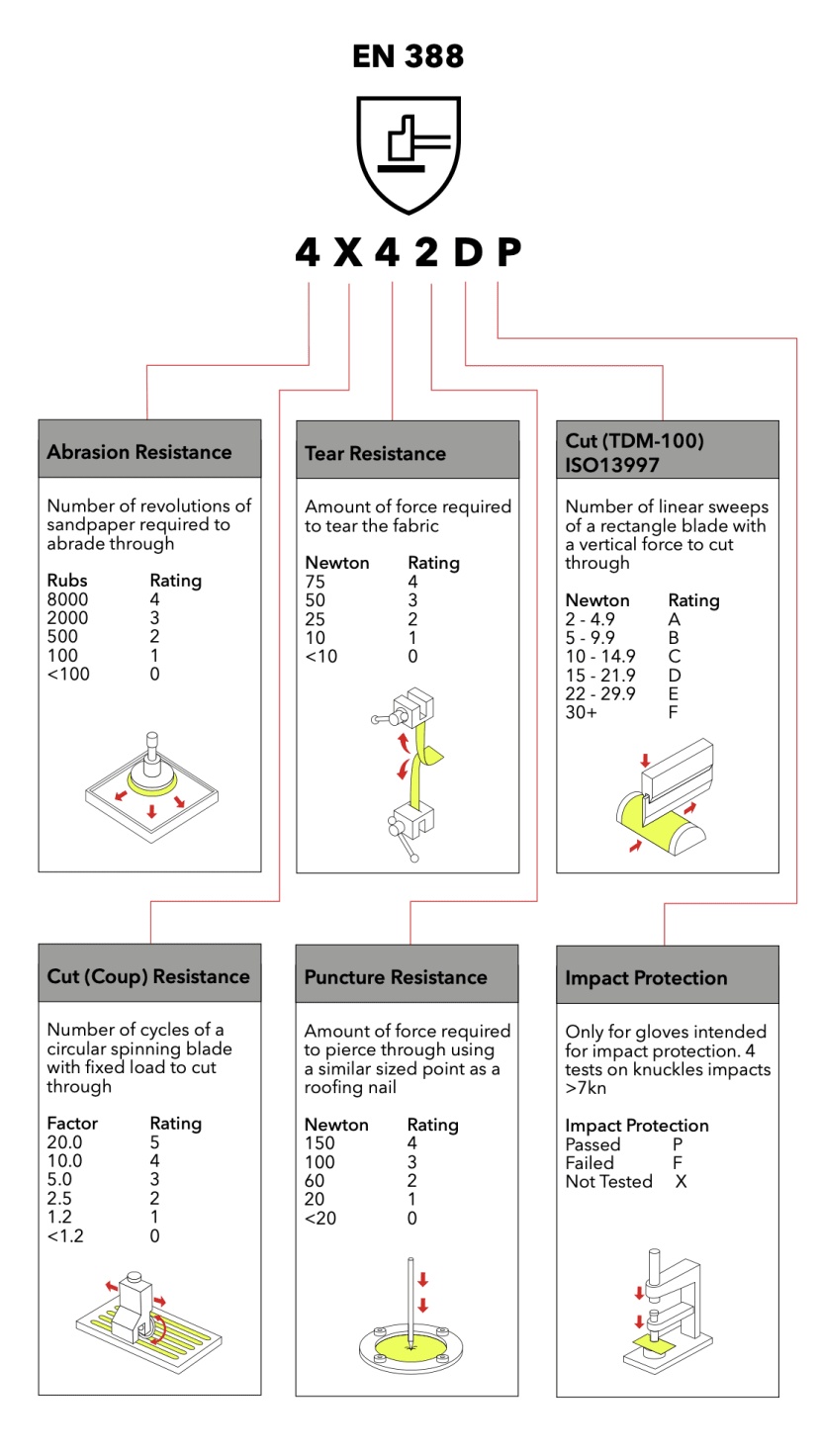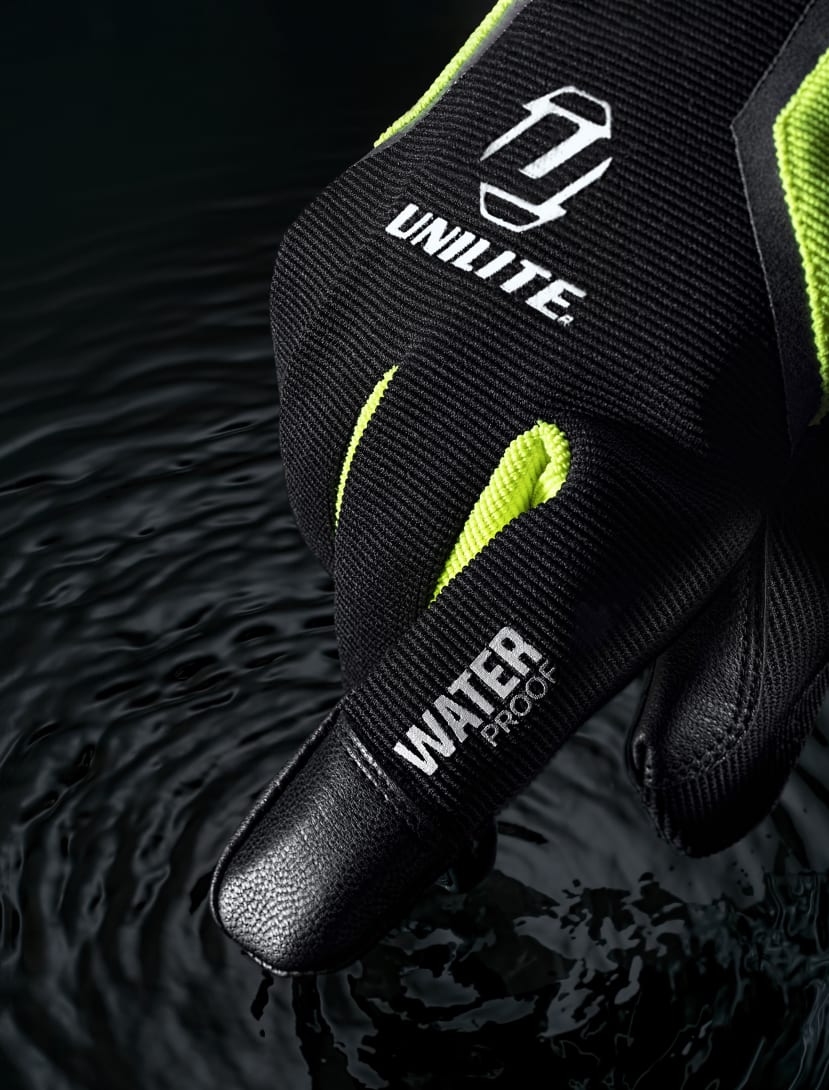Understanding cold weather gloves - EN511
Follow articleHow do you feel about this article? Help us to provide better content for you.
Thank you! Your feedback has been received.
There was a problem submitting your feedback, please try again later.
What do you think of this article?
Understanding EN511 Ratings In Cold Weather Gloves: A Technical Guide
Cold hands do not make good working hands. Anyone working with cold hands is at a higher risk of injury, reduced dexterity as well as suffering from general discomfort and a lower morale. Ensuring a workforce has adequately warm hands is essential for productivity.
Unilite has launched a range of warm working gloves called the UG-TW1 (267-5655) , which have been positively received on the market for their ability to improve the areas of concern highlighted above.
The UG-TW1 are certified to the EN511 standard for cold protection. Let's take a look at what this means.
EN511: Cold Protection
EN511 is the European standard specifically designed to evaluate gloves intended for protection against cold. This standard considers three key properties:
Convective Cold Resistance (1st Digit): This measures the thermal insulation against cold air. Ratings range from 0 to 4, with higher numbers indicating better protection.
Contact Cold Resistance (2nd Digit): This assesses the thermal insulation against contact with cold surfaces. Similar to convective cold resistance, ratings range from 0 to 4, with higher numbers indicating better performance.
Water Permeability (3rd Digit): This evaluates the glove's resistance to water penetration. Ratings range from 0 to 1, with 0 indicating no water penetration and 1 indicating penetration after 30 minutes.
The final EN511 rating is expressed as a three-digit code, for example, 124, where each digit corresponds to the performance characteristics in the order mentioned above.
Interpreting the Ratings
Understanding the significance of each digit in EN511 ratings is crucial for selecting the right gloves for specific work environments. For instance, the UG-TW1 has an EN511 rating of 22X, which indicates that the glove provides good protection against convective and contact cold but hasn’t been tested for water penetration.
In addition to the EN511 rating, all working gloves including the UG-TW1 also have an EN388 rating which relates to mechanical risks.
EN388 is the European standard that evaluates the mechanical resistance of protective gloves. This standard assesses gloves based on four key performance characteristics, each represented by a numerical rating:
Abrasion Resistance (1st Digit): This measures the glove's ability to withstand friction and wear caused by contact with rough surfaces. Ratings range from 0 to 4, with higher numbers indicating greater resistance.
Blade Cut Resistance (2nd Digit): This evaluates a glove's resistance to cutting with a circular spinning blade. The scale runs from 0 to 5, with higher numbers indicating better cut protection.
Tear Resistance (3rd Digit): Tear resistance measures a glove's ability to resist tearing or puncturing. Ratings range from 0 to 4, with higher numbers indicating greater tear resistance.
Puncture Resistance (4th Digit): This assesses the glove's resistance to puncturing forces. Like tear resistance, puncture resistance is rated from 0 to 4, with higher numbers indicating better protection.
Cut Resistance (5th Digit): This addresses a glove's resistance to linear sweeps by a rectangle blade with a vertical force to cut through. Ratings range from 0 to 5, with 5 indicating the highest level of protection.
Impact Resistance (6th Digit): This indicates whether the glove provides impact protection or not. It is assessed on a pass/fail basis.
The final EN388 rating is expressed as a six-digit code, for example, 3121BP, where each digit corresponds to one of the performance characteristics in the order mentioned above.
The UG-TW1, though not explicitly engineered for high mechanical resistance, does possess commendable attributes in this domain. With a 4X42DP rating, it excels in high abrasion resistance. While not evaluated for circular cut resistance, it demonstrates strong tear resistance, effective puncture resistance, and solid rectangle blade resistance, and has successfully passed impact resistance testing.
UG-TW1 Additional Features
In addition to the above, the UG-TW1 has also some features that enhance user comfort and convenience. The wrist is 360 degrees elasticated which helps to keep the heat locked into the gloves. The palms are made of soft full grain goat leather and the thumb and index finger are specially designed to allow for use of a touch screen. The rest of the gloves are made from rPET polyester yarn with a HIPORA membrane to ensure waterproofing.
Conclusion
In summary, EN388 and EN511 are essential standards that provide a systematic approach to evaluating the technical aspects of both cold weather and protective gloves. These ratings serve as valuable tools for employers and workers to make informed decisions regarding glove selection based on the specific hazards present in their work environments. By understanding the significance of each digit in these ratings, individuals can ensure that they choose gloves that offer optimal protection against mechanical risks and cold conditions.





